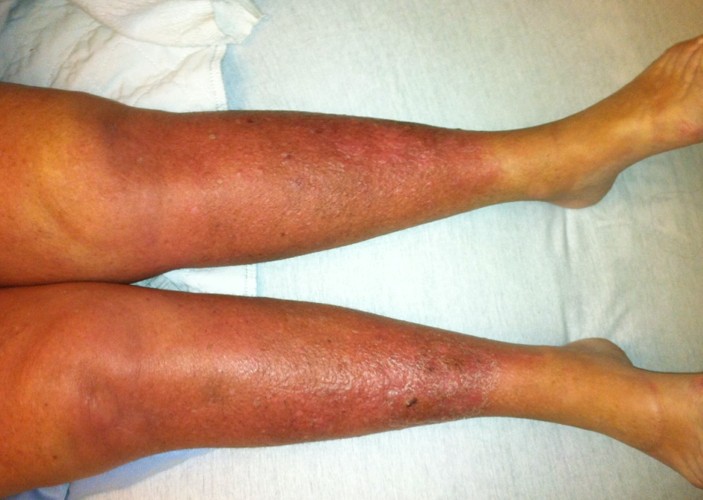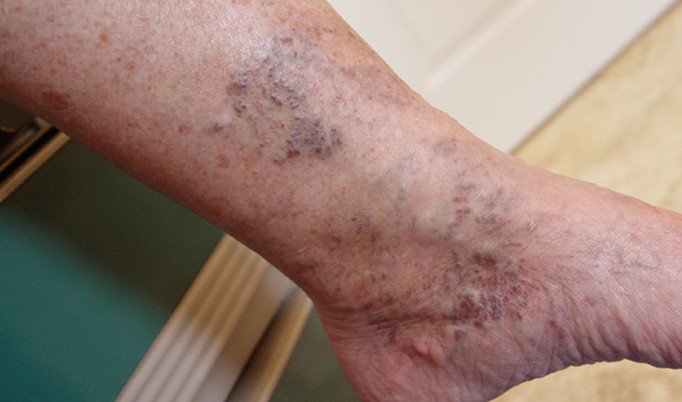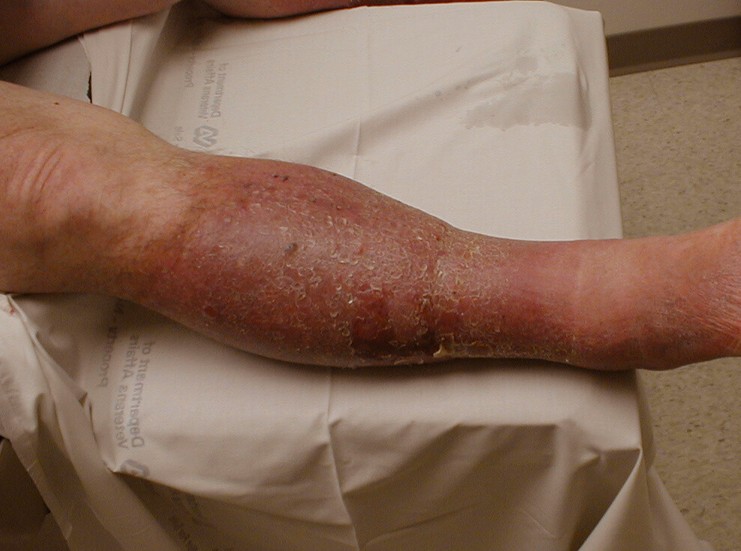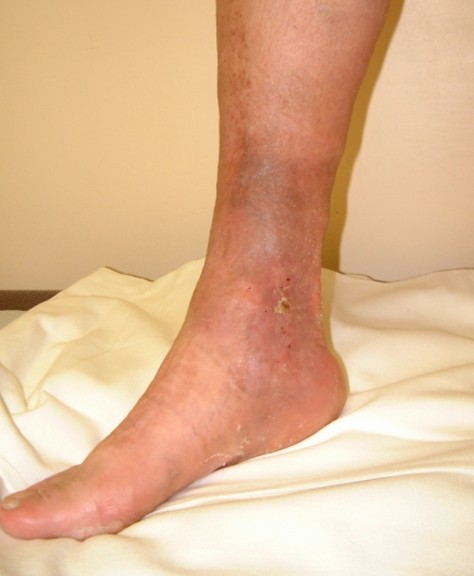Venous Insufficiency
Last reviewed by Dr. Raj MD on January 12th, 2022.
What is Venous Insufficiency?
This medical condition is where your veins are not able to transport blood from your lower extremities back to your heart properly. This happens particularly in your legs. Although men may get this condition it is females who are more prone to venous insufficiency.
Venous Insufficiency Symptoms
- The greatest, and most common, symptom is having leg pain that can range from a dull ache to bouts of extreme discomfort. The pain may intensify after standing for a long period of time.
- Two of the symptoms of venous insufficiency that occurs when the blood is blocked and starts to pool is swelling, also known as edema, and pain in your legs and sometimes in your feet. Your legs may also feel tight and you may experience tingling in your legs and leg cramps too.
- Seeing changes in the skin on your ankles and/or legs such as becoming thick in certain areas like your legs and ankles, and having itchy skin. Your skin may also become discolored such as a lot of redness on your skin or the area of your ankles may look brown/red
- If the cause is varicose veins these enlarged veins could be very noticeable because they are bulging out and look bluish in color
- Tightness around your calf area
- Eventually your feet, lower legs, and ankles will develop venous stasis ulcers
- In the leg area your skin will look scaly
- Rashes and sores begin to form
- When you stand up you will notice an increase in the pan
- Having a feeling of heaviness in your legs
Causes
Usually when a person has venous insufficiency it is because they do not have the proper circulation of blood in their legs. The blood flow cannot flow normally through your veins because it is being restricted by a blockage in your veins or there is a valve leakage. When the blood starts to back up it begins to pool in your lower extremities.
Frequently this medical condition is caused by certain vein conditions. In your veins there are valves that direct the flow of the blood in the right direction, which is forward toward your heart. If the valves become damaged in some way the flow of your blood becomes compromised.
Other instances that can cause venous insufficiency are:
- Deep vein thrombosis which are blood clots that form in deep veins
- Varicose veins which are the large twisted veins that are commonly found in your legs and appear near the surface of your skin.
- Blood clots
- Being over the age of fifty
- Pregnancy because of the levels of progesterone is fluctuating.
- Obesity
- Sitting too long
- Muscles that are weak
- Not being active enough
- Cancer
- Injuries to your legs
- Genetics
- Hereditary
- Smoking
Diagnosis
Venous insufficiency is normally made by your physician doing a physical exam. The diagnosis can be further aided by using an instrument called a hand-held Doppler instrument. When your physician uses this instrument they can listen to your blood flow. The most detailed, accurate test is called the venous duplex ultrasound exam. When this test is done your physician can see a picture or image of the vein so if there is any blockages cause by an improper vein valve function or blood clot(s) they can be detected. To rule out any other cause of leg swelling the physician may order an MRI or CAT scan to be done.
Treatment
When treating venous insufficiency the physician will normally treat the symptoms that are most unsettling. If pain is the greatest complication you will usually be told to take over-the-counter medication for the pain.
Other forms of treatment can include:
Medication
Your physician may prescribe coagulants or blood thinners to lessen the impact of any blood clots that exist. The medications will not only help get rid of any clots already there but will help to prevent any other blood clots from forming.
Compression stockings
For legs that are swollen wearing this type of stocking will put pressure on your legs and help promote good blood flow. You can buy them with no prescription or your physician can give you a prescription so your insurance may help pay for them as they can be expensive. They come in various sizes, materials, and colors. When getting them choose compression gradient stockings that are thirty-forty millimeter Hg, which mean they are thigh high or calf high.
Medical wraps
These are used for people who have ulcers that do not heal and can help reduce swelling.
Non-surgical treatment options
Endovenous thermal ablation
This procedure is an effective treatment for venous insufficiency as it does not involve a lot of pain. You will also heal faster. To do this non-surgical procedure the physician will use a laser or high-frequency radio waves that they direct at the vein that is infected and close off the vein. This will put a stop to any progressive problem.
Sclerotherapy
With this non-surgical procedure they will use a syringe that is filled with a solution and inject the solution into the varicose veins. This will cause them to collapse and disappear. This treatment can help with problems that would force you to experience restlessness or pain in your leg.
Surgical treatment options
Vein bypass
This is when they take a healthy vein from another part of your body and take it to the area where there is trouble with the vein by using the method of transplantation. Doing this will help to reroute your blood.
Ligation and stripping
This surgical procedure has two different approaches to treating vein insufficiency. The first part, ligation, is where they tie the veins after they have been snipped. The second part, stripping, is where you have the large veins removed from your leg through two little incisions.
Ambulatory phlebectomy/microincision
This procedure involves the use of a needle to make punctures through the barrier of your skin. The veins that are causing this medical condition are removed by using a phlebectomy hook.




